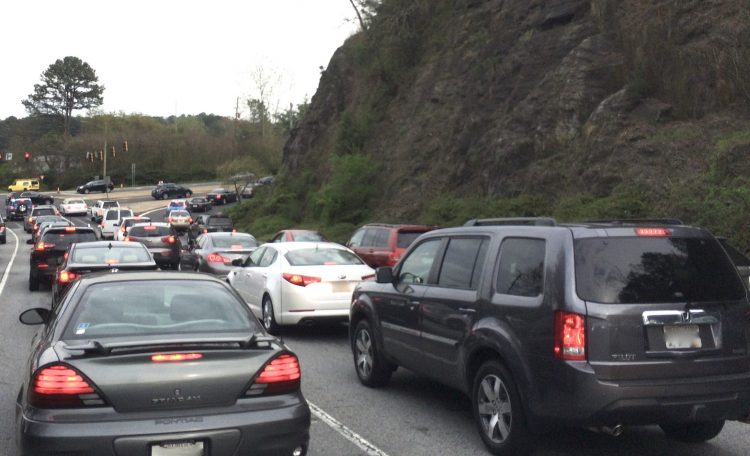Environment
Short Takes
Georgia’s new data center rule increases local controlDecember 1, 2025

By Mike Dobbins
Nov. 13 – The lack of affordable shelter is a growing national crisis. The City of Atlanta, thankfully, rejected a misguided effort in October 2021 fall to upzone single family neighborhoods, a strategy that has proven to fail affordability aspirations in other cities.
Here’s what we’re exploring instead:
Below I summarize in a poster format how to do that for the first of these strategies by tapping highway funding from the infrastructure law (Infrastructure Investment and Jobs Act – IIJA). Land costs are the single biggest obstacle for producing affordable workforce housing. Thus, the ability to write down these costs would bring home closer to work and other destinations, serving both the affordability purpose and transportation and environmental purposes. The proposal aims to shorten commute distances and times, reducing travel costs, easing congestion, and improving air quality.

To alleviate GDOT’s most vexing problems:
Scale up building affordable housing closer to destinations
The problems:
How to do it:
Rationale:
Implementation:
Next steps:

0